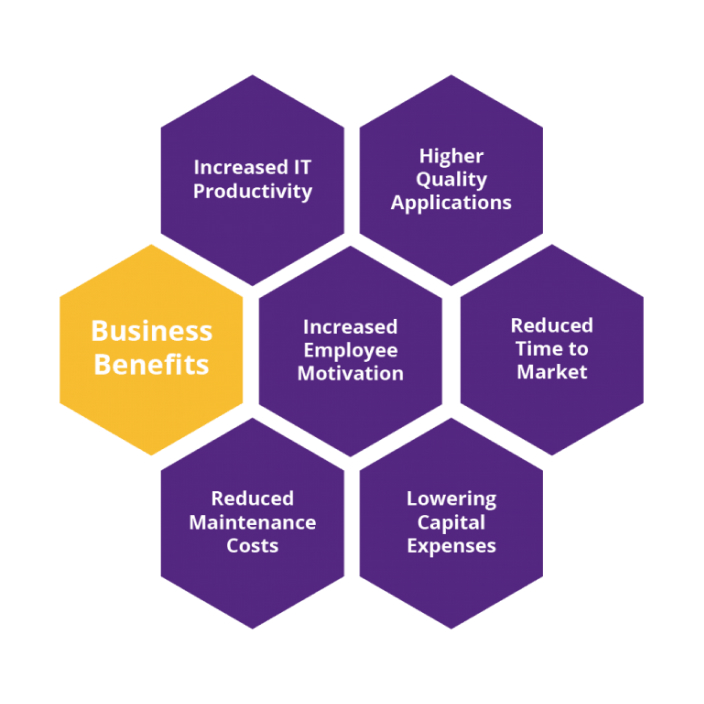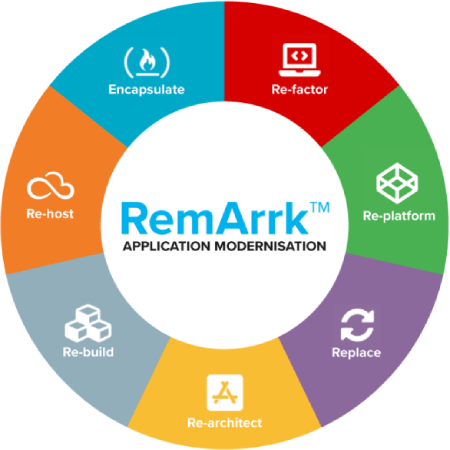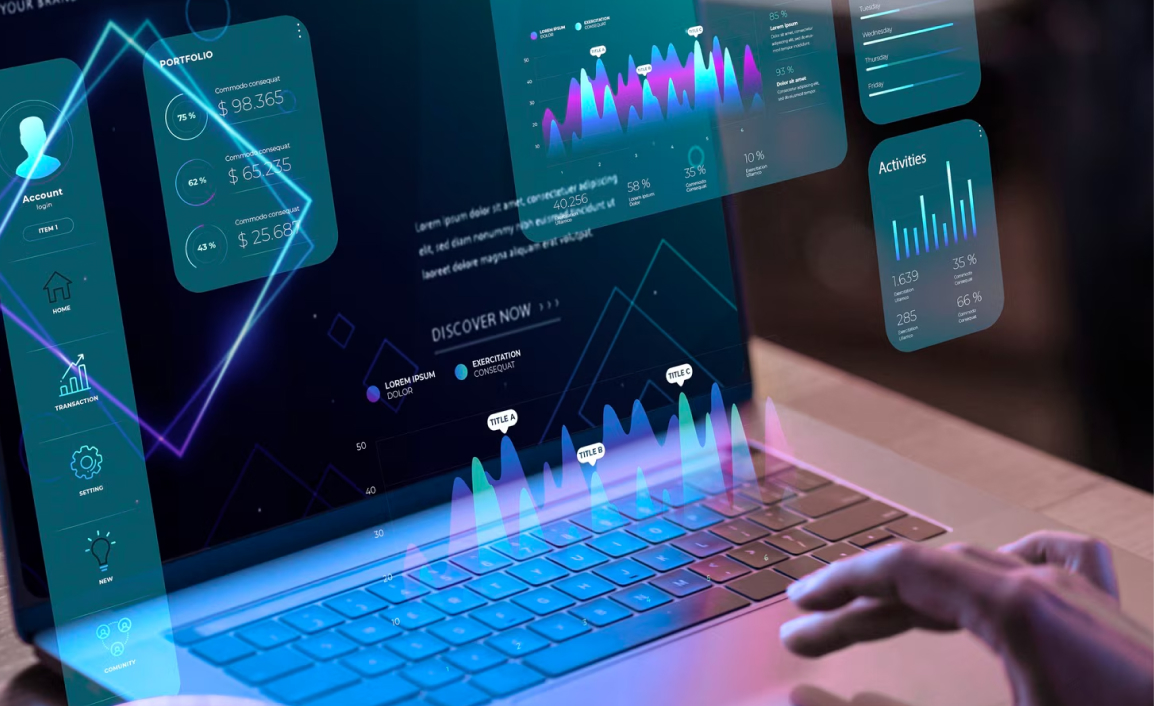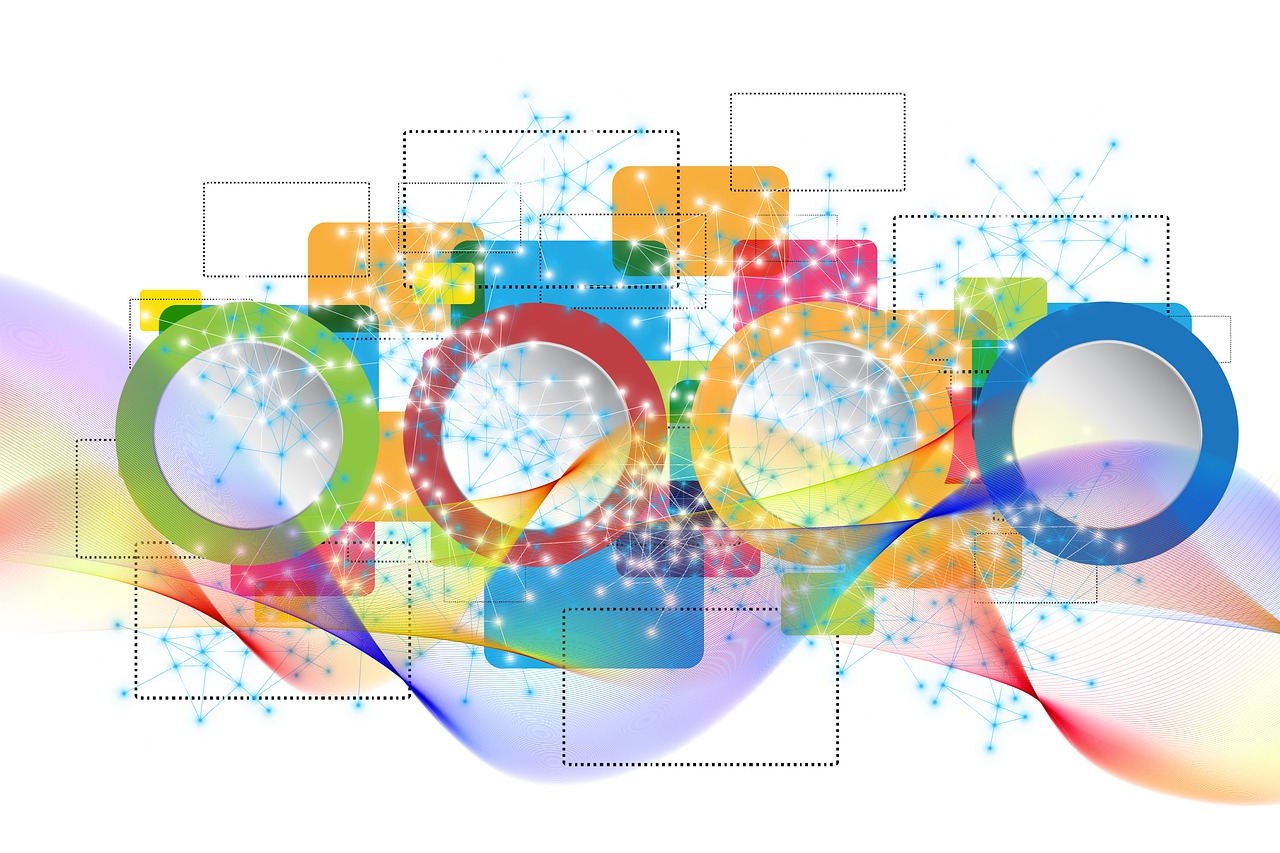




Remain Competitive by Replacing
As the pace of technological change has increased, many
organisations have found their application estates have built up
significant technical debt. Constrained budgets, shortage of
experienced staff and a pressure to focus on functional delivery
over and above technology can lead to applications whose
architectures may be considered legacy at worst, or in need of
attention at best.
As businesses seek to remain competitive and deliver new product
and services to market rapidly they demand more from IT. Where
an internal application(s) has traditional monolithic
architectures or have lagged behind the pace of technological
change, then legacy technology stacks can impede the growth of a
business and its ability to respond to market disruption and the
demand for product and service innovation.
Therefore, in order to remain competitive, it is important that
organisations look to modernise their legacy systems.

Transform Your Legacy Applications with RemArrk™
RemArrk™ is our application modernisation methodology. It enables organisations reduce their technical debt by transforming their legacy applications and helps create possibilities for cloud, analytics, security, and artificial intelligence. But application modernisation isn’t one thing. If you’re faced with a legacy challenge, the best approach depends on the problem you’re trying to solve. Replacement isn’t the only option. The key is to understand if your problem is caused by technology, architecture or functionality of the application, and how each modernisation approach improves those aspects.


Encapsulate
To leverage and extend an application’s features and value, encapsulate data and functions in the application and make them available as services via an application programming interface (API). Implementation specifics and knowledge are hidden behind the interface.

Re-factor
Restructure and optimise existing code without changing its external behaviour to remove technical debt and to improve the component’s features and structure.

Re-host
Re-deploy an application component to another physical, virtual or cloud infrastructure without recompiling, altering the application code, or modifying features and functions.

Re-platform
Migrate an application component to a new runtime platform. Make minimal changes to code to adapt to the new platform, but don’t change the code structure or the features and functions it provides.

Re-build
Re-build or re-write the application component from scratch while preserving its scope and specifications.

Replace
Eliminate the former application component altogether and replace it, taking new requirements and needs into account.

Re-architect
Materially alter the application code so you can shift it to a new application architecture and fully exploit new and better capabilities of the application platform.
Minimising Risk During Modernisation
The outcomes from our discovery phase inform our application modernisation recommendations, and helps ensure that architectural and technical change is aligned to the needs of the business and isn’t simply technology change for technologies sake. “Big Bang” modernisation can carry with it a big risk, therefore Arrk’s approach is to work collaboratively with customers, using a defined best practice process to define vision and a minimum viable product (MVP). Subsequent iterations reduce reliance on the legacy system before a point is reached where the legacy system can be safely decommissioned.
We are technology and architectural pattern agnostic and deliver both cloud and on-premise architectures and work with DevOps practices, container technologies, micro-services and more.
Insights
Why choose us?
Advantages

Experienced employees who
serve customers globally.

Advanced
20+ years
of experience

Partnerships with leading
technology companies.












